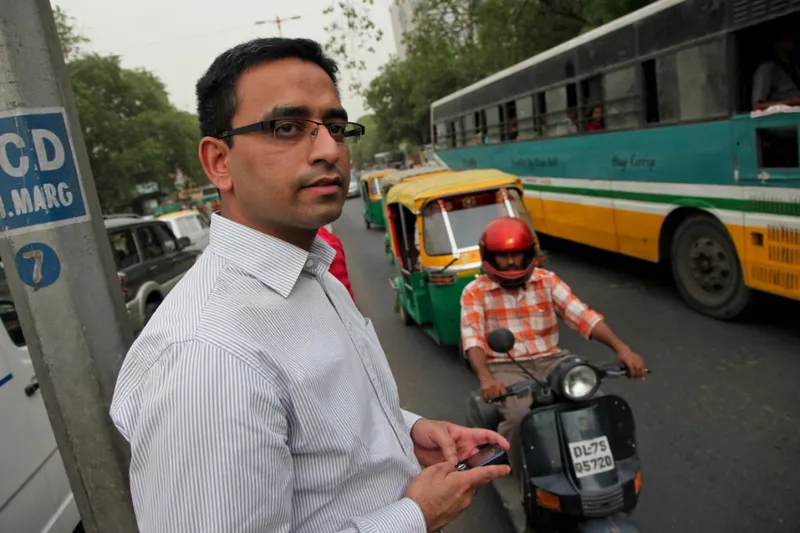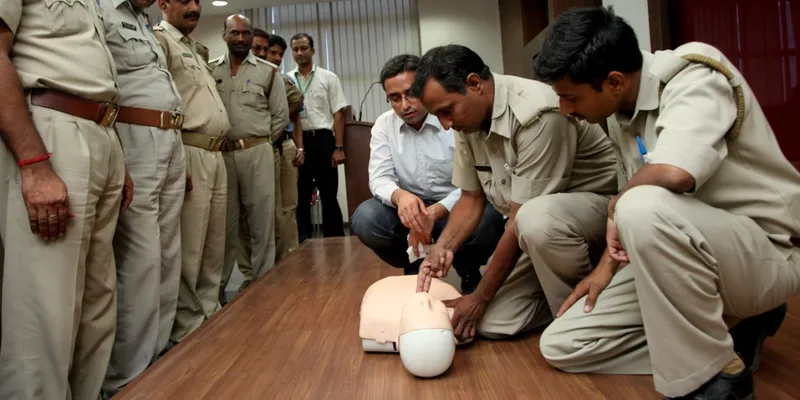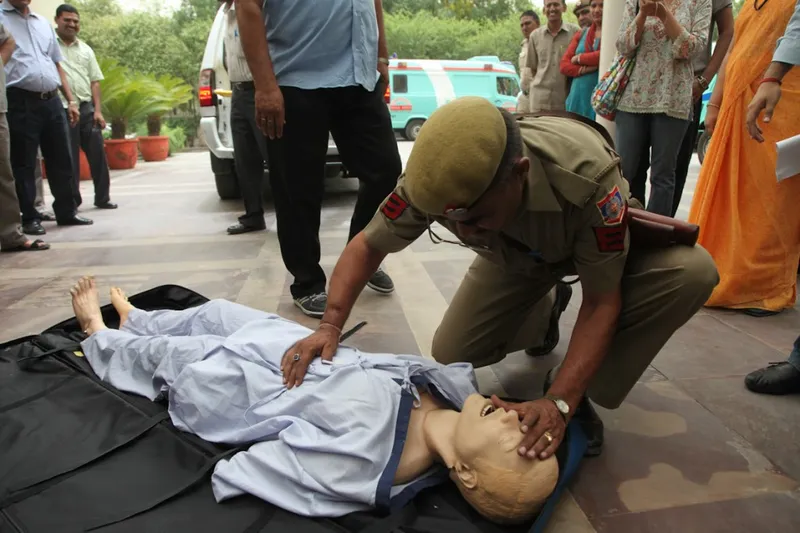SaveLife Foundation: Leveraging the power of good Samaritans to save lives on Indian roads
On April 5th 2007, Shivam Bajpai, a bright 12th standard student, who was studying for the Indian Administrative Services (IAS) entrance exam turned 16. He was on his way from school when he was hit by a car. As he lay on the road, he was hit again by another vehicle. Bajpai managed to drag himself to the curb, and lay by a tree for 45 minutes, before he gave up the battle for his life. For Bajpai’s mother this was her second tragedy, her husband had passed away, when Bajpai was just six months old.
One person in India dies every four minutes due to a road accident earning India the shameful sobriquet of ‘road accident capital’ of the world. This was the dubious distinction that China passed on to India in 2010. In 2012 alone, over 1,35,000 individuals were killed in road accidents. What’s appalling is that road accidents are the leading cause of death in the age group 15-45: the most productive group of any society. Besides the cost of human life, road accidents have a huge economic cost as well, the total cost to India’s GDP is estimated at 3.2 per cent.
Piyush Tewari, Bajpai’s cousin and guardian felt the pain deeply. His sorrow soon turned to anger when he heard that he could have been saved if somebody had come to help. In the 45 minutes that he lay beside the road an estimated 1000 people passed by. Nobody dialed the police, called an ambulance or came to offer first aid.

He tried to deal with his grief by understanding why this happened. “This was not an isolated case. It gets repeated in many parts of the country everyday,” says Tewari. He decided to channelize his anger by setting up an organization that aimed to reduce road accident deaths by leveraging help from bystanders. Save Life Foundation (SaveLife) was born in 2008 and set up a public charitable trust to assist accident victims using existing community and government machinery.
Tewari developed a model of emergency response leveraging local police officers and trained the first batch in basic trauma and medical care in early 2009. The plan was to ensure that road accident victims get immediate help. In partnership with All-India Institute of Medical Sciences (AIIMS), Apollo and Max Hospital, SaveLife developed a program that uses common sense to help save accident victims using techniques like bleeding control, stabilizing the spine and cardiopulmonary resuscitation (CPR). The training is an actual live demonstration using a mannequin in the police van that also tells officers on how the victims need to be transported. After completion police officers were given a certificate of basic trauma life support. The results were immediate. “Within the second month we got news of interventions. An 18-year old boy had hung himself, the police dismounted him and gave him CPR and he survived. In the Delhi High Court blast (September 2011) 45 were injured, 6 died and the remaining were saved due to prompt and trained response by Delhi Police,” adds Tewari.

After this received a good response, Piyush realized the growing role of SaveLife in saving lives and decided to quit his job as managing director of US-based private equity firm Calibrated Group in 2011 so that he could focus on his organization full-time. Besides training of police officers, Tewari’s plan was get India to adopt the ‘good Samaritan law’ so that bystanders wouldn’t fear harassment by the police if they decided to help accident victims. This law exists in many countries including US, Canada, Argentina, Israel and Australia. The law basically shields anybody who helps an accident victim from getting prosecuted. In some countries in Europe, like Germany, not only is there protection, but there could also be prosecution if an accident victim is not helped. In India the main reason that individuals do not come to the rescue of an accident victim is because they are afraid of being harassed by police. According to a survey conducted by SaveLife, 77 per cent of bystanders were unlikely to come to the rescue of an accident victim, and 88 per cent of the respondents who were unlikely to assist, did so because they feared legal hassles, including questioning by police.
Tewari and his team studied and built the case after two years of rigorous research and have filed a public interest litigation in the Supreme Court. Their research has also led to the Government of India setting up a panel under Justice VS Agarwal to develop specific guidelines for good Samaritans. The next hearing in the case (which Tewari hopes is the final) is expected on August 23.
At present SaveLife has trained 4,500 police officers. This is an ongoing program and by end December, SaveLife plans on training another 2500 officers. In keeping with Tewari’s philosophy of using existing state and community systems, SaveLife has roped in 2,500 odd volunteers who are primarily in Delhi and are looking to expand to other cities like Bangalore and Hyderabad. The police themselves nominate most volunteers. This ensures that the volunteers don’t fear harassment from the police and are also genuine. Since most people living in India have lost a friend or relative due in a road accident SaveLife’s mission resonates with almost everybody.
“We get inquiries on volunteering on a daily basis. On days we get media coverage we receive 100-150 inquiries and on other days we get 5-10 on average” remarks Tewari.

SaveLife had a recent success last month when their PIL on vehicles carrying rods that protrude received a positive response and Supreme Court issued a notice to the government to explain the law. Using the right to information (RTI) Act, SaveLife found that protruding rods (according to the Motor Vehicle Rule 93(8), goods vehicles can have rods that protrude one to two metres from the rear), have caused accidents that resulted in the death of 3707 people between 2009 and 2011 in 10 states.
India is one of the few countries that do not have a lead agency for road accidents or a single accident emergency number. SaveLife is lobbying with the government to have a single number for accident emergencies, that integrates with all concerned agencies, like police and hospitals. In Maharashtra, SaveLife has a toll free 1800 number that is integrated with the Maharashtra highway control room in Colaba, which sounds off others who are connected with emergencies like local gas cutters, because in most cases extraction is needed.
SaveLife is supported by host of organizations including WHO, Bloomberg Philanthropies, Religare, Apollo, Max, Bharti, Makemytrip and also receives donations from individuals. Currently grant supported, they recoup some costs from training and certification. Starting next year Tewari plans to expand to other states and is on the lookout for potential partners who have local knowledge. He also plans to publish data on the SaveLife methodology so that other states can replicate the work done in Delhi.
Tewari may not have forgotten the pain of losing Bajpai, but through his work, he hopes to ease some of it.
If you ever witness an accident or you are in one, here are important accidents tips and emergency procedures, that can be followed.
Learn more about SaveLife here.







